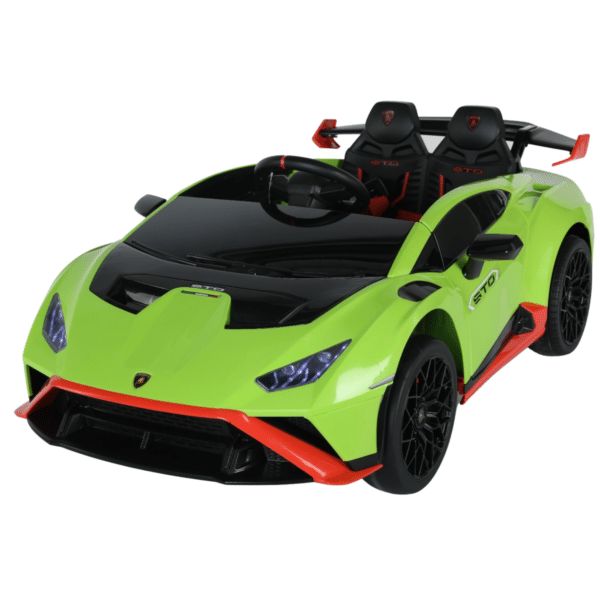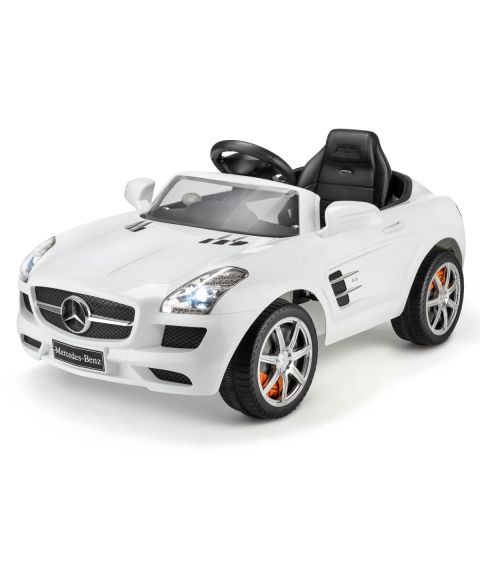New Info To Deciding On Kids Cars
New Info To Deciding On Kids Cars
Blog Article
What Features Should You Look At When Selecting A Ride-On Car For Your Toddlers Or Older Children?
When considering ride-on cars for children, it's crucial to consider their age, size, and development stage to ensure that the vehicle is safe, suitable and enjoyable for the children. How to take into account these elements - age
Younger Toddlers (1 to 3 years old) Choose ride-on vehicles that are specially designed for this age group. These cars usually have an uninspiring, stable design and easy-to-use controls. They are also typically equipped with simple features, such as steering wheel, buttons, or handles. Ride-on vehicles with a wide base will provide stability and lower the possibility of them falling over.
Children who are older (3+ years old) - As children grow older, they can handle more sophisticated ride-on vehicles with additional options and features. You should consider buying vehicles with seats that can be adjusted, bigger capacity weights, or even interactive features, such as music, sound effects, or even working lights. For safety, search for cars with the ability to adjust speed or parental controls to meet the needs of different skill levels.
Size -
Height and Weight when choosing a vehicle to take your child in, be aware of their weight and height. Choose a vehicle with an appropriate seat weight and height that is suitable for your child. Avoid cars that are too large or too small. They could be unsafe and uncomfortable.
Comfort and Legroom - Ensure that your child has enough room to comfortably sit in the car. Seating area dimensions should match your child's height and size.
Developmental Stage -
Motor Skills - When deciding on a ride-on vehicle be sure to consider your child's motor and coordination skills. For toddlers, simple controls might be required to steer. However, older children may benefit from interactive features as well as more complicated controls.
Independence and Confidence - Ride-on cars can help develop confidence and independence for children as they learn to navigate and control their own car. Choose a ride-on car that lets your child practice steering, acceleration, and braking without assistance, and build confidence with time.
Be aware of your child's interests and interest when choosing a ride on car. Select a theme, color or other feature that can draw your child's attention. It could be an old-fashioned car, sports car with personality, a pickup truck, or even a classic vehicle.
If you consider your child's age as well as their size and developmental stage, you will be able choose an appropriate, safe ride-on that your child will enjoy and take lessons from. Follow the best kids ride on cars for more info including two seater electric cars, two seater electric cars, toy the car, childs ride on car, toy a car, ride on car, electric ride on cars, pedal car, childrens electric cars, remote control childrens electric cars and more. . 
How Are Indoor And Outdoor Versions Of Children's Cars Made?
The features of the models for indoor and outdoor use are different. These are the main differentiators between these models Indoor Use Cars
Size and Weight The cars that are made for indoor use tend to be lighter, smaller and easier to maneuver in small spaces like living rooms, hallways or playrooms. They are compact enough to be maneuverable around narrow spaces and tight corners without causing damage to furniture or walls.
Low Ground clearance - Indoor cars are built with a low clearance to allow to prevent getting stuck on carpets, rugs or thresholds. This enables the vehicle to glide smoothly and without interruption over indoor surfaces, without any risk of it getting stuck or falling over.
Smooth Wheels The wheels of indoor vehicles are typically composed of smooth materials such as rubber or plastic. This provides traction and grip for smooth surfaces, such as hardwood floors laminate floors, tiles. They are engineered with minimal sound to reduce scratching or scuffing indoor surfaces.
Limited Speed - For indoor use, cars usually are slower than usual in order to make sure that they are safe and controlled in tight space. This helps prevent accidents or collisions with furniture, walls, or other obstacles commonly found in indoor spaces.
Outdoor Use Cars -
Durable Construction - Cars intended for outdoor use are made from durable materials. These include tough plastics or metals to stand up to the harsh elements outside such as humidity, sunlight and temperature fluctuations. They are built to withstand the harsh conditions of outdoor usage.
The higher the clearance of the ground is, the better equipped they are to deal with bumps and uneven terrain. This lets them traverse rough surfaces like pavement, gravel grass, dirt, or grass without getting stuck or damaged.
Traction Tires Car tires that are intended for use outdoors typically have treads or patterns that improve grip and traction while driving over uneven or slippery surfaces. This provides stability and control when driving in the outdoors, and prevents sliding or skidding.
Weather Resistance. Outdoor vehicles are typically equipped with weather-resistant parts like sealed electronics, waterproof casings and rust-resistant materials. This is to protect the car from damage caused by environmental factors. The car is able to be exposed to mud, rain and puddles without performance degradation.
Higher Speed - Outdoor use cars generally have faster maximum speeds to make room for open spaces as well as longer distances that are often encountered in outdoor environments. This can provide a more thrilling and exciting riding experience for children who are exploring the outdoors.
Consider these features and characteristics when choosing a model for your child's vehicle. It is designed to the conditions and uses that you envision, whether it is indoors, outdoors or both. You can be sure of an enjoyable, long-lasting and safe playing experience. Read the top rated read this about electric kids cars for blog advice including race car toy, childs car toy, toy car toy car, remote control childrens electric cars, kiddies cars, car toy toy, race car toy, toy car toy car, childrens digger, ride a toy and more. . 
How Do You Decide On The Budget For Your Kid's Ride-On Car Purchase?
Be aware of factors such as durability, longevity, financial situation, and other features when setting your budget. How do you establish an amount for your ride-on vehicle and ensure you get the most value for your money Consider researching average prices
Research the average price for the kid's ride-on vehicle you are interested in. Prices for different types can be found on online retailers, toys stores as well as manufacturers' websites.
Choose Must-Have Feature -
The features you choose will determine the price of your ride-on car. Options like working headlights, or realistic sounds may affect the cost of the item.
Prioritize the features you want to use according to your child's interests and budgetary constraints.
Take into consideration durability and longevity -
Ride-on vehicles should be constructed from durable materials including plastics and metals. They should also be able to withstand the elements.
To assess the durability and lifespan of different models, you can read reviews and ask other parents for their recommendations. An initial investment of more than the cost of a premium ride-on vehicle can result in savings in the long run because it will avoid repair and replacement.
Comparing the Costs of different retailers
Check prices around and get the best value. Online retailers, local toy stores, department and specialty stores can offer low costs.
You can save money by keeping an an eye on clearances, sales, and sales.
Add in additional costs -
Consider any additional costs associated with purchasing a car for kids that is ride-on for example, shipping charges and taxes or other accessories (e.g., spare batteries, safety gear).
Budget for the complete cost of the ownership. This includes all accessories or maintenance costs that are necessary.
Establish a Budget That Is Realistic
Make a budget that is realistic that is based on your budget and research needs. This will align your priorities with your needs. Decide on the amount you're willing to invest in a ride-on car while considering the quality of features, durability, as well as durability.
Don't spend too much money on items that don't make a huge impact on your child's.
Be aware of the long-term value
Assess the long-term value of the car that your child rides on by looking at its longevity flexibility, adaptability, and ability to grow with your child. A vehicle that is high quality and features a wide range of functions can be greater over time, as compared to a cheaper more flimsier option.
If you set a reasonable budget and carefully compare the quality, features and value over the long term of every car that your child rides in You will discover that it's worth every penny. Focus on prioritizing factors that are crucial to your child's enjoyment and safety, while remaining within the limits of your budget. Read the recommended remote control childrens cars kidscars.co.uk recommendations for blog examples including toy cars toy car, toy cars, childs car toy, ride on toy, childrens electric cars, electric toy car, electric ride along car, toy a car, childs car toy, kidscars and more. .